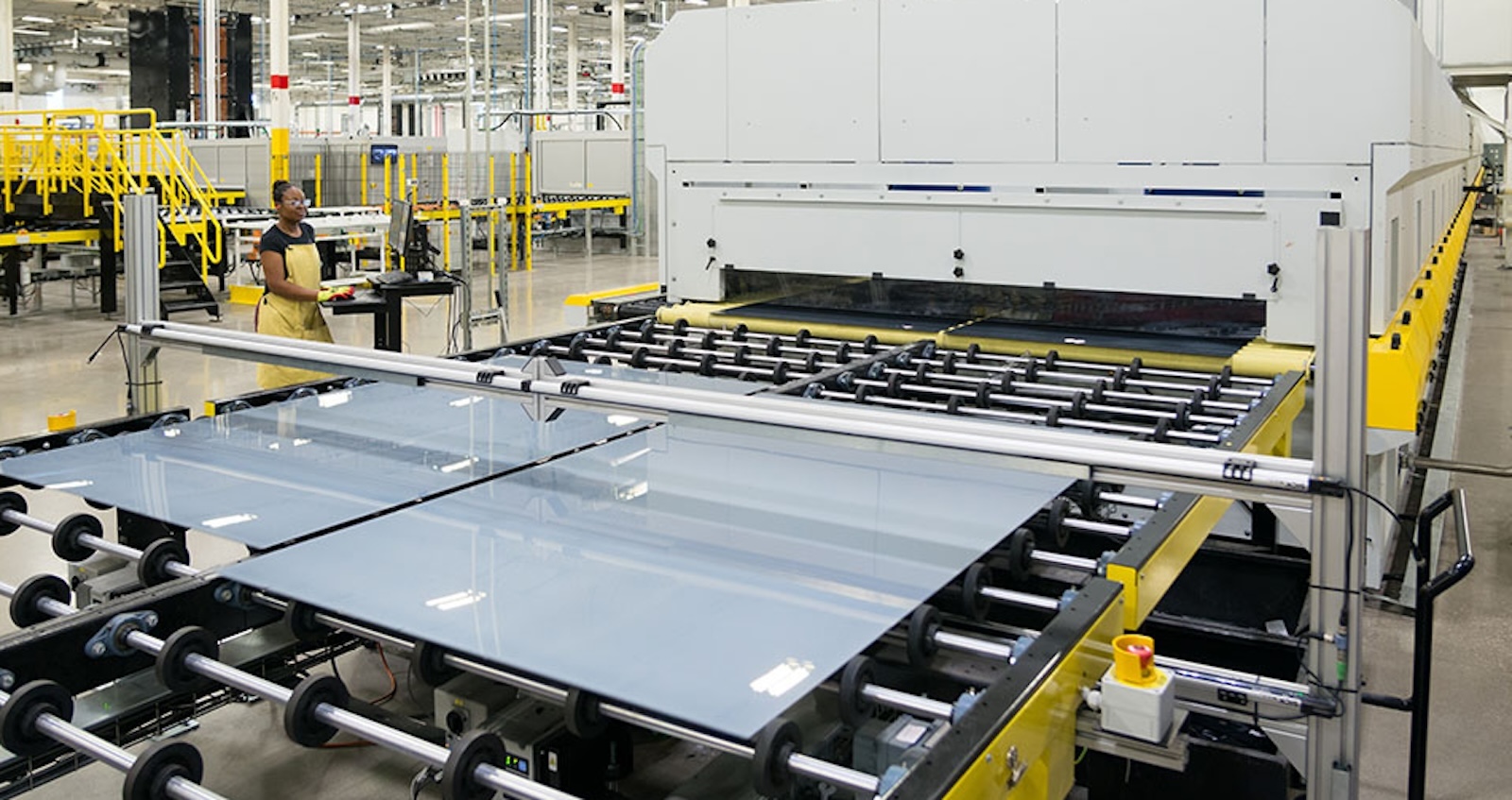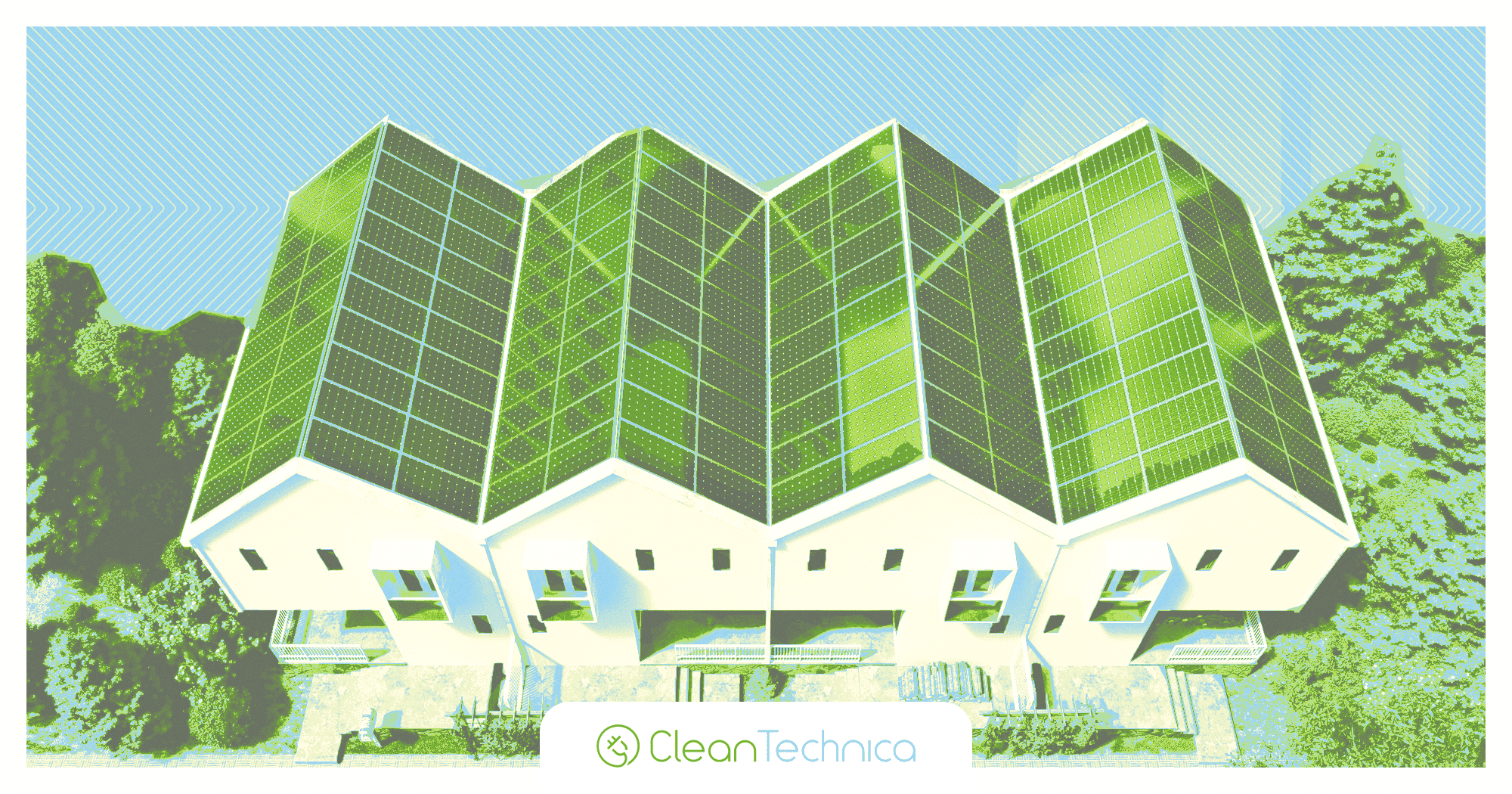US govt releases milder final rules for clean hydrogen tax credits
The US Department of the Treasury and Internal Revenue Service (IRS) on Friday released the final rules for the section 45V Clean Hydrogen Production Tax Credit under the Inflation Reduction Act (IRA). The announcement shows that the government has reversed its initial decision to prohibit existing nuclear plants powering clean hydrogen production from qualifying for federal tax credits, to the satisfaction of companies like Constellation (NASDAQ:CEG), which immediately welcomed the decision. The hydrogen industry has long been waiting for the final rules as they are supposed to provide clarity and investment certainty for sector players. The rules establish how clean hydrogen producers can determine eligibility for the 45V tax credit, which is very much based on the lifecycle greenhouse gas (GHG) emissions of the production process. More specifically, in order for it to qualify as clean hydrogen, the lifecycle GHG emissions of the process must not surpass 4 kilograms of carbon dioxide equivalents (CO2e) per kilogram of hydrogen produced. Based on that, there will be four credit tiers and hydrogen produced with the lowest GHG emissions will get the largest credit. Producers will use Energy Attribute Certificates (EACs) to attribute electricity use to a specific generator and these EACs must meet certain requirements. During the almost two-and-a-half years since President Biden signed IRA into law, sector actors focusing on hydrogen produced through electrolysis, also known as electrolytic hydrogen, have been fixating on these requirements – namely additionality (incrementality), time matching (temporal matching), and regionality (deliverability). The final rules define these “safeguards” in the following way: Additionality/Incrementality Electricity generation is incremental if the power plant starts commercial operations within 36 months of the launch of the hydrogen production facility, or to the extent a plant increases its capacity within that period. "Nuclear retirement risk" is included as an additional pathway for demonstrating incrementality, meaning that hydrogen could be produced with electricity from nuclear power plants as long as this averts their retirement. Time-matching The highly-debated temporal matching requirement is maintained and hydrogen producers will still need to prove that their production is powered by clean energy hour by hour instead of annually. However, the period for transitioning from yearly to hourly matching has been extended by two additional years to 2030. Up until then, early-mover projects will be able to enjoy annual matching. Deliverability The deliverability requirement is deemed met if the plant generating electricity for use with electrolysers is located in the same grid region as the hydrogen production facility. It is noted that the grid regions are based on the Department of Energy National Transmission Needs Study. The Treasury and IRS have developed the final rules after taking into account about 30,000 public comments, they said. "Over the past two years, our administration has listened to stakeholders across the hydrogen industry, states, advocates, and others,” said John Podesta, Senior Advisor to the President for International Climate Policy. “The extensive revisions we've made in this final rule provide the certainty that hydrogen producers need to keep their projects moving forward and make the United States a global leader in truly green hydrogen." The Department of Energy is expected to release in the coming weeks an updated version of the 45VH2-GREET model for producers to use when calculating the section 45V tax credit. Jacob Susman, CEO of zero-carbon hydrogen developer Ambient Fuels made the following comment in connection with the release of the final rules: “Clarity is critical, and this release is an important step forward for the clean hydrogen industry. The time for debate over the rules has passed. Now it’s time to unite behind this guidance so we can get to work deploying projects, scaling up zero-carbon hydrogen production, and decarbonising our most carbon-intensive sectors such as chemicals, ammonia, mobility, and other heavy industries. With this guidance in place, we can focus on what matters most: driving down emissions and building a cleaner, more sustainable future.”

The US Department of the Treasury and Internal Revenue Service (IRS) on Friday released the final rules for the section 45V Clean Hydrogen Production Tax Credit under the Inflation Reduction Act (IRA).
The announcement shows that the government has reversed its initial decision to prohibit existing nuclear plants powering clean hydrogen production from qualifying for federal tax credits, to the satisfaction of companies like Constellation (NASDAQ:CEG), which immediately welcomed the decision.
The hydrogen industry has long been waiting for the final rules as they are supposed to provide clarity and investment certainty for sector players. The rules establish how clean hydrogen producers can determine eligibility for the 45V tax credit, which is very much based on the lifecycle greenhouse gas (GHG) emissions of the production process.
More specifically, in order for it to qualify as clean hydrogen, the lifecycle GHG emissions of the process must not surpass 4 kilograms of carbon dioxide equivalents (CO2e) per kilogram of hydrogen produced. Based on that, there will be four credit tiers and hydrogen produced with the lowest GHG emissions will get the largest credit. Producers will use Energy Attribute Certificates (EACs) to attribute electricity use to a specific generator and these EACs must meet certain requirements.
During the almost two-and-a-half years since President Biden signed IRA into law, sector actors focusing on hydrogen produced through electrolysis, also known as electrolytic hydrogen, have been fixating on these requirements – namely additionality (incrementality), time matching (temporal matching), and regionality (deliverability). The final rules define these “safeguards” in the following way:
Additionality/Incrementality
Electricity generation is incremental if the power plant starts commercial operations within 36 months of the launch of the hydrogen production facility, or to the extent a plant increases its capacity within that period. "Nuclear retirement risk" is included as an additional pathway for demonstrating incrementality, meaning that hydrogen could be produced with electricity from nuclear power plants as long as this averts their retirement.
Time-matching
The highly-debated temporal matching requirement is maintained and hydrogen producers will still need to prove that their production is powered by clean energy hour by hour instead of annually. However, the period for transitioning from yearly to hourly matching has been extended by two additional years to 2030. Up until then, early-mover projects will be able to enjoy annual matching.
Deliverability
The deliverability requirement is deemed met if the plant generating electricity for use with electrolysers is located in the same grid region as the hydrogen production facility. It is noted that the grid regions are based on the Department of Energy National Transmission Needs Study.
The Treasury and IRS have developed the final rules after taking into account about 30,000 public comments, they said.
"Over the past two years, our administration has listened to stakeholders across the hydrogen industry, states, advocates, and others,” said John Podesta, Senior Advisor to the President for International Climate Policy. “The extensive revisions we've made in this final rule provide the certainty that hydrogen producers need to keep their projects moving forward and make the United States a global leader in truly green hydrogen."
The Department of Energy is expected to release in the coming weeks an updated version of the 45VH2-GREET model for producers to use when calculating the section 45V tax credit.
Jacob Susman, CEO of zero-carbon hydrogen developer Ambient Fuels made the following comment in connection with the release of the final rules: “Clarity is critical, and this release is an important step forward for the clean hydrogen industry. The time for debate over the rules has passed. Now it’s time to unite behind this guidance so we can get to work deploying projects, scaling up zero-carbon hydrogen production, and decarbonising our most carbon-intensive sectors such as chemicals, ammonia, mobility, and other heavy industries. With this guidance in place, we can focus on what matters most: driving down emissions and building a cleaner, more sustainable future.”
What's Your Reaction?






























































